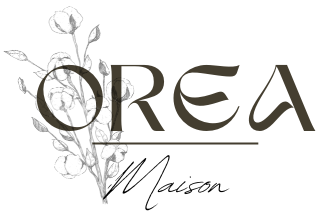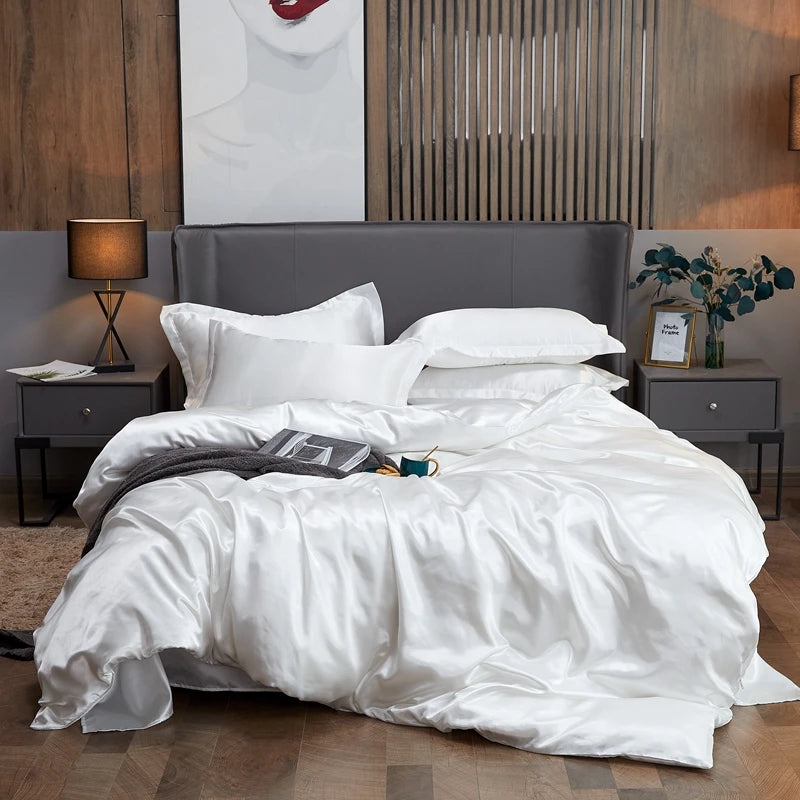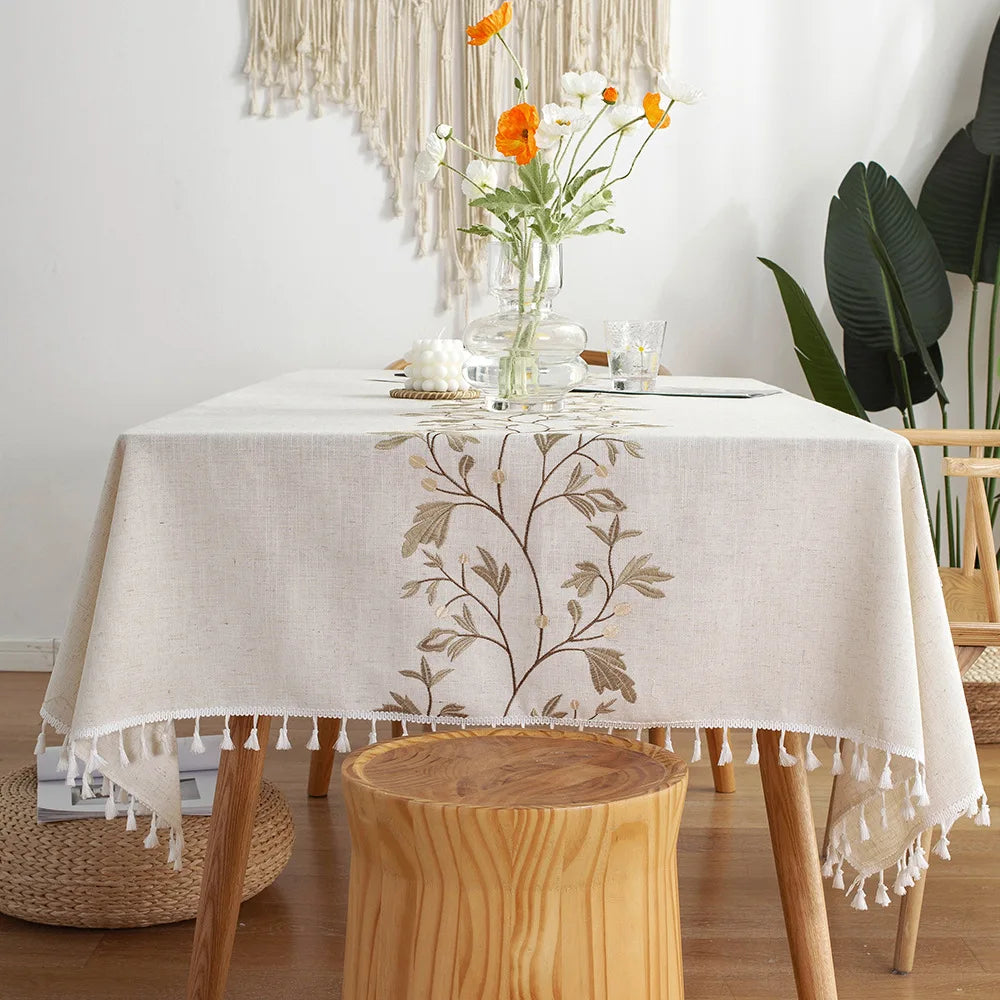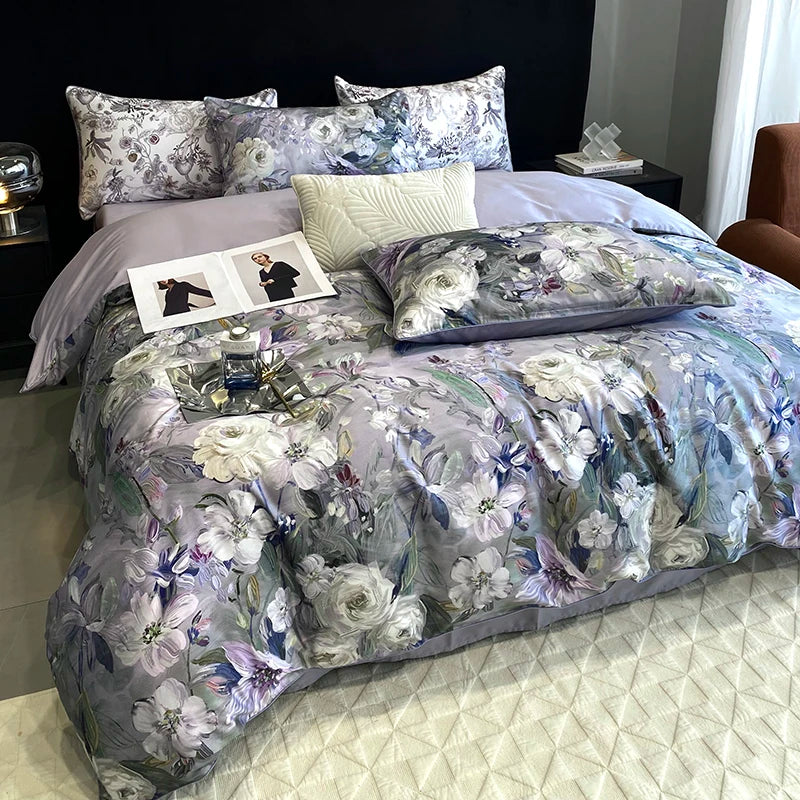How to choose a tablecloth correctly?
Whether for an intimate dinner party, a sunny Sunday brunch, or a wedding banquet, the tablecloth is the element that makes the difference: it protects the tabletop, structures the space, and showcases the tableware. However, with the plethora of materials, finishes, and sizes to choose from, it's easy to get lost. This detailed guide—packed with practical advice, care tips, and concrete examples—takes you step by step to choose the ideal tablecloth and keep it looking beautiful for many years to come.
1. Why use a tablecloth?
When setting a table, the tablecloth is often the first thing guests notice—sometimes without even realizing it. It creates a backdrop that supports the whole, unifying plates, cutlery, and glasses into a harmonious composition. Its main roles:
- Protection : it protects the table surface from scratches, heat and splashes.
- Sound comfort : a thick fabric absorbs the noise of dishes and creates a more subdued atmosphere.
- Aesthetics : it establishes a visual theme – rustic, minimalist, festive, glamorous, etc. – and highlights the tableware.
- Practicality : in the event of an incident, it is better to change a tablecloth than a solid wood top!
A study published by the Center for Food Habits Research (2024) showed that 72% of diners associate the presence of a tablecloth with a "more polished" meal. In other words, investing in beautiful table linens enhances your dishes and your hospitality.
2. Essential criteria
Before you fall for a pattern or color, ask yourself four key questions:
- Which material is suitable for my use?
- What dimensions will ensure a harmonious fall?
- What shape does my table fit?
- How often am I willing to wash and iron ?
2.1 Matter
The material influences drape, feel, ease of care, and budget. Here are the main fabric "profiles":
- Cotton : natural, soft, easy to wash. Choose a tight weave (≥180 g/m²) for opacity. Long-staple combed cotton offers a silkier feel and increased strength.
- Linen : Europe's oldest fiber, breathable, elegant, and durable. Its natural crinkle, called "noble crinkle," gives it an authentic charm. Linen is thermoregulating: ideal for summer meals.
- Cotton-polyester blend : less wrinkle-prone, quick-drying, perfect for everyday use or community use. The polyester percentage should not exceed 50% if you want to maintain a natural textile feel.
- PFC-free coating : technical fabric (cotton or polyester) covered with a thin acrylic or bio-sourced (castor oil) film that repels liquids. A simple wipe with a sponge is enough and the appearance remains supple.
- Jacquard weaving : more than a material, a technique: the pattern is woven, not printed. It is available in cotton, linen, or a blend; reversible and very durable.
- Bamboo and hemp (rarer): eco-friendly fibers, naturally antibacterial. Hemp offers great strength and a slightly grainy weave reminiscent of linen.
Helpful tip: To test the quality, pinch the fabric: if it springs back into shape quickly, that's a good sign. Fabric that's too soft will cause more creases.
2.2 Dimensions and fallout
Too short a drop reveals the edge of the table; too long, it gets in the way of the legs. Here's a simple calculation:
- Measure the length and width of the tabletop (or the diameter for a round table).
- Add 20-30cm on each side (40-60cm in total) for user-friendly use.
- For a formal meal (New Year's Eve, wedding): up to 40 cm per side.
- For a kitchen table or a bistro: 15 cm is enough, more practical for everyday use.
Example : rectangular table measuring 90 × 180 cm → tablecloth measuring 130 × 220 cm for an elegant drape.
For tables with extensions , choose two tablecloths: one for the smaller size, the other for the XL version. Some brands offer matching tablecloth extensions, which can be slipped under the main tablecloth.
2.3 Table shape and style
The easiest way is to match the tablecloth and table:
- Rectangular on rectangular or oval table;
- Round on round table;
- Oval (rarer) for oval or elliptical table.
That said, thinking outside the box can be a success: a square tablecloth on a small round table creates a graphic effect, especially if the corners are pointed. For a carved wooden tabletop, opt for a table runner and matching individual placemats: you'll protect the center while enhancing the edges.
2.4 Maintenance
Durability depends on how you wash and store your tablecloth:
- Cotton/linen : 40°C, moderate spin, iron at medium heat while the laundry is still slightly damp.
- Polyester : withstands 60°C, dries very quickly, hardly needs ironing.
- Coating : no machine; a soft sponge is sufficient. Do not iron on the coated side.
Tip: Pour half a glass of white vinegar into the first wash of a colored tablecloth to fix the pigments.
3. Choose according to the occasion
The right tablecloth also depends on the event. Here are some inspiring combinations:
Daily
Cotton-polyester or coated cotton blend tablecloth, discreet patterns (fine stripes, tone-on-tone checks). Washable without hassle.
Outdoor lunches
Choose oilcloth or PFC-free coating, which is resistant to moisture. Corner weights or table clamps will prevent it from flying away.
Brunch with friends
Pastel washed linen or gingham check; add a contrasting table runner. A "trendy café" effect is guaranteed.
Chic event
Damask or linen jacquard in neutral tones (ecru, champagne). Complete with cloth napkins tied with a ribbon.
Recipes from around the world
Indian block-print tablecloth with vibrant floral patterns. Perfect for a spicy buffet.
4. Current trends
Since 2023, table decoration has oscillated between two movements:
- Earthy palette : terracotta, clay, sage, curry. Paired with white plates, these shades warm the atmosphere.
- Botanical maximalism : large floral patterns, XXL foliage, colorful bayadere stripes. To avoid the "too full" effect, keep your tableware simple.
In terms of materials, the return to unbleached fibers and plant-based dyes is appealing to fans of slow decor. Undyed, slightly ecru linen pairs just as well with rustic stoneware servingware as it does with art deco cut glasses.
5. Environmental impact and labels
Beneath the apparent simplicity of a tablecloth lies a complex production chain. To minimize your ecological footprint, look for these labels:
- GOTS (Global Organic Textile Standard): guarantees organic fibers, social respect and controlled chemical processes.
- OEKO‑TEX Standard 100 : checks the absence of harmful substances in the finished product.
- Masters of Linen : ensures European production from seed to tablecloth, traceability and local know-how.
If you're avoiding perfluorocarbons (PFCs), choose coatings made from castor oil or vegetable wax. They offer long-lasting water repellency without persistent compounds.
6. Common mistakes to avoid
- Underestimate shrinkage : Wash it once before tailoring it.
- Choose a color that matches the tableware : without contrast, the table looks dull. Instead, play with complements.
- Neglect accessories : Matching napkins, table runners, or placemats create pleasing visual layers.
- Forget storage : Folding a large tablecloth into eighths creates stubborn creases. It's better to roll it up onto a tube.
- Using bleach on natural fibers: it weakens the thread and yellows the fabric over time.
7. Extend the life of your tablecloth
Sauce, wine, or wax stains don't have to be a foregone conclusion if you act quickly. Keep on hand:
- A bar of Marseille soap to pre-rub the grease.
- Baking soda or talcum powder to absorb.
- An oxygenated stain remover (without bleach) for colored stains.
Three-step routine
- Immobilize : dab, never rub.
- Neutralize : apply the appropriate product (sleet for the candle, soap for the oil, sparkling water for the wine).
- Washing : Respect the temperature of the fiber. A gentle spin avoids creases that are difficult to remove.
Bonus: iron the tablecloth while it is still slightly damp – natural steam removes wrinkles better and saves electricity.
8. Comparison of the main subjects
Tables are perfect for visualizing strengths and weaknesses at a glance:
| Matter | To touch | Benefits | Points to watch out for | Interview |
|---|---|---|---|---|
| Cotton | Soft, matte | Affordable, absorbent, easy to dye | Creases, may shrink | 40°C, medium ironing |
| Linen | Grainy, fresh | Durable, elegant, eco-responsible | Wrinkles, high price | 30–40°C, damp ironing |
| Cotton-polyester | Smooth, light shine | Wrinkle-resistant, dries quickly | Less breathable, synthetic material | 60°C, light ironing |
| Coating | Satin or matte | Stain-resistant, exterior decoration | Sensitive to heat, plastic appearance if poor quality | Damp sponge, no ironing |
| Jacquard | Chic relief | Reversible, durable patterns | Weight, cost | 40°C, strong ironing |
9. Frequently Asked Questions
- How to prevent cotton tablecloths from shrinking?
- Wash it at a maximum of 40°C, avoid tumble drying and iron it while still damp to relax the fibers.
- Can I iron a coated tablecloth?
- Yes, inside out and at low temperature, without steam, to preserve the protective layer.
- What size for a 120 cm round table?
- A 160 cm round tablecloth will have a drop of approximately 20 cm all around.
- Are stain treatments eco-friendly?
- It depends on the formulation: choose coatings certified PFC-free or based on vegetable oils.
- How to remove a shiny iron mark?
- Place a damp cloth over the area and iron briefly at a moderate temperature. The steam will help the fiber straighten.
10. Conclusion
Choosing the right tablecloth is a balancing act: material, size, style, maintenance, and environmental impact. Take the time to measure your table, compare fabrics, and consider how you'll actually use it. A well-maintained, quality tablecloth can accompany your meals for more than a decade, even becoming a family heirloom. So, get out the tape measure, feel the fabrics, and imagine your next table setting: your guests—and your table—will thank you.





